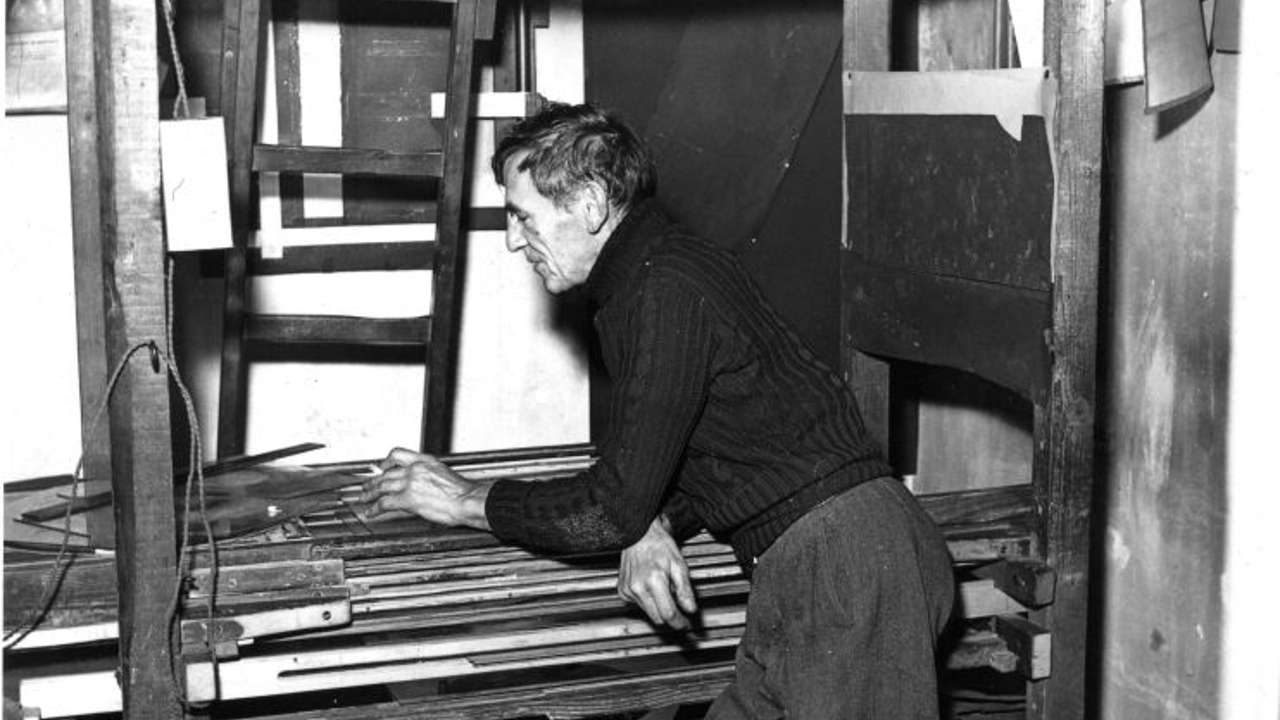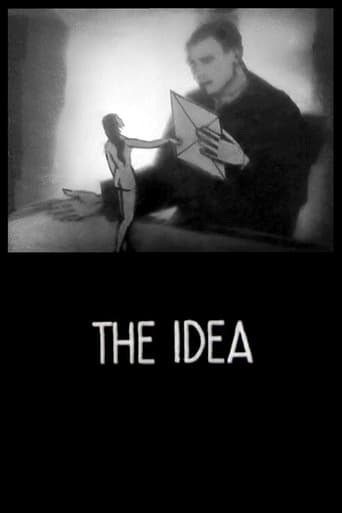

This very beautiful little film was made during a very exciting period in animated film which represented the last flowering of a very varied range of techniques that had developed during the silent period but which were rapidly disappearing under the weight of mass-produced US drawn animations and the monopolisation of the world market by relatively few US firms, of which Disney is of course the most famous.In 1926 the German silhouette-cutter had produced her superb full-length animated feature, Die Abenteur des Prinzen Achmed, followed in 1928 by another full-length film based on Hugh Lofting's Doctor Doolittle stories (very difficult to find although it seemingly does still exist). In the early thirties, the greatest of the figure or puppet animators, the Russian born Ladislas Starevitch was also working with his daughter Irene on the full-length sound animated feature, Le Roman de Renart, which eventually appeared in 1937 in Germany (some months before Disney's Snow White and the Seven Dwarfs). There were also very interesting films made using live animals as the "actors" (fragments survive of Alfred Machin's 1923 Moi J'Accuse and I have only seen excerpts too from Wolfgang Junghans' 1925 Die Biene Maya und ihr Abenteuer although I believe the whole film does exist.) So dominant was drawn animation à la Disney for so many decades that, even today, when digital technology is encouraging a certain welcome variety in animation once again, people are slow to appreciate the marvellous work that was achieved in the twenties and thirties. But it could not of course compete either with US mass-production or with the huge resources upon which the booming US cartoon industry could draw. These films often took years of painstaking work to make and, even then could not rely upon finding a distributor. Reiniger's masterpiece at first only benefited from private screenings and it took the backing of a whole pack of famous artists - including actor/director Louis Jouvet, director Jean Renoir and playwright Bertholt Brecht, to ensure it eventually received the airing, and enjoyed the success, that it deserved. Starevitch spent seven years (1930-1937) trying to get his masterpiece released and, since it was eventually produced in Germany and not in France, on the eve of the war, this would only cause further problems for the film in the future.This short film, made in 1932 and publicly released in 1934 with Arthur Honneger's fine electronic score, belongs to the same period and show the same kind of innovation in its animation style. combining drawn animation and cut-outs and using a multiple layered effect to produce quite superb results.On the question of electronic firsts, this obsession with "firstism" causes the usual confusion and the comment here simply adds to it. This film was, as far as one knows, the first film to make use of the electronic instrument known as the ondes Martenot, invented by Maurice Martenot in the twenties and patented in 1928. Another electronic instrument, invented by Léon Theremin, called a theremin was indeed used in the film Liliom (1934) as part of Frank Waxman's score for that film but, although similar in sound and patented in the same year, it is not the same instrument. The ondes Martinot were played via a keyboard whereas the theremin required a movement of the hands but no actual physical contact whatsoever. But all this is indeed "trivial". The important "first" (if "first there must be) is that this is, as far as I know, the first film to have a fully electronic score and that is rather an interesting development.
... View MoreBerthold Bartosch's The Idea is a strange animated movie. I'm still trying to make some sense of it, and for now I presume it's a movie told in an abstract way about the role of Idea in human society, how it's prized by some and despised and haunted by others; how some use it to make the world better and how others try to get rid of it for personal reasons; how it lives for peace while those that despise it live for war and money. In other terms, it's a piece of preaching, but beautiful preaching.The animation is amazing, or ugly depending on your aesthetic preferences, rendered in a style reminiscent of German expressionism, capturing darkness and light, beauty and ugliness very well. It's told just in images, without dialogue or inter titles, except at the beginning, so it leaves the viewer freedom to make whatever he wants of this short animated movie.
... View MoreUnique pioneer cut out animation combines the high art imagery with the ambiance of the thirties of Brecht & Weil, Simenon or Marcel Carné. Charitably, the notion of representing artistic aspiration as a naked woman under attack from academics, committees and the law was less simple minded then than it is now that thousands of lesser minds have retreaded it. What remains impressive is the impact of the stark images backed with Arthur Honneger's score - using the then new Ondes Martinau, as the titles proudly tell us. Honegger's work in film deserves more attention that it's had.
... View More